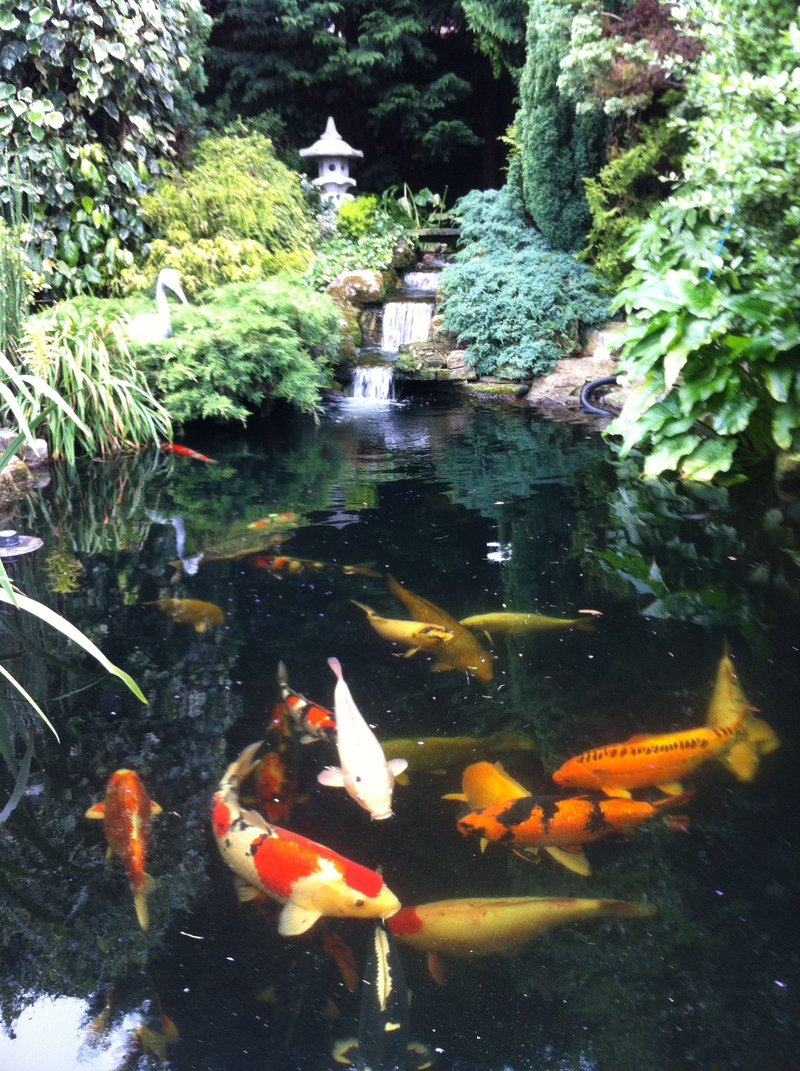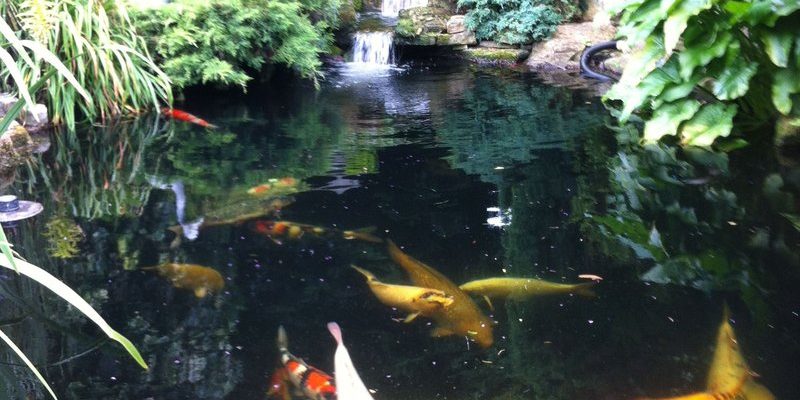
When you think about raising carp, you might wonder what it involves. It’s a mix of preparing the pond, maintaining water quality, feeding, and keeping an eye on your fish’s health. Now, you don’t need to be an expert in aquatic ecosystems to get started! In this guide, I’ll break down everything you need to know to raise carp successfully in your backyard pond. So, grab a drink, sit back, and let’s dive in!
Choosing the Right Pond Location
The first step in raising carp is selecting the right spot for your pond. You’ll want to find a location that gets plenty of sunlight—at least six hours a day. Carp thrive in warmer temperatures, and sunlight helps keep the water warm. Look for a place where there are no overhanging trees, as fallen leaves can dirty the water and disrupt the ecosystem.
You also need to consider the size of your pond. Ideally, water depth should be at least 3–4 feet to prevent freezing in colder months. A larger pond allows for more space for your carp to swim and reduces the chance of overcrowding. If you can, create shallow areas where grasses can grow; they help provide shade and give your fish a place to hide.
Preparing Your Pond
Once you’ve picked the perfect location, it’s time to prepare your pond. If you don’t already have one, you’ll need to dig out the area and line it with a pond liner. This helps retain water and keeps your pond from leaking into the ground. You can choose from different types of liners, like rubber or PVC, depending on your budget and preferences.
Add a filtration system, too. A good filter keeps the water clean and helps maintain healthy levels of oxygen, which is vital for carp. You can opt for a simple pond pump, or go for a more complex setup if water quality concerns you. Remember, happy fish live in clean water!
Stocking Your Pond with Carp
Now comes the fun part—stocking your pond with carp! You might be wondering, “How many should I put in?” A good guideline is to start with about 5–10 fish per 1,000 gallons of water. This helps prevent overcrowding and ensures each fish has enough space to thrive.
When choosing your carp, look for healthy, active fish. Think about what type of carp you want; common carp, koi, and ghost carp are popular varieties. If you’re unsure, local aquaculture farms often have knowledgeable staff who can guide you through your options.
Feeding Your Carp
Feeding your carp is a crucial part of their care. You might think that tossing in some breadcrumbs will do the trick, but carp need a balanced diet to stay healthy. High-quality fish pellets designed for pond fish are your best bet—they provide essential nutrients that help your carp grow and thrive.
You should feed them once or twice a day. Overfeeding can lead to water quality issues, so always give just enough for them to eat within a few minutes. You might even notice your carp learning to recognize you at feeding time. Isn’t that a fun thought?
Maintaining Water Quality
Keeping an eye on water quality is key to raising healthy carp. You’ll want to regularly check the pH level, which should be between 6.5 and 8.5. You can buy a simple pond test kit to keep everything in check. If the pH level is off, it can stress your fish or lead to health issues.
Another important factor is ammonia and nitrite levels. These should be as close to zero as possible. If you notice high levels, consider adding beneficial bacteria to help break down waste. Also, performing regular water changes—about 10-20% every few weeks—can help keep the pond environment stable.
Protecting Your Carp
While carp are hardy, they can still face threats from predators like raccoons, birds, or even neighborhood cats. To protect them, consider adding a net or cover over the pond, especially during peak feeding times. Plants around the pond can help provide cover and refuge for the fish, making them feel safe in their watery home.
Also, keep an eye out for signs of illness in your carp. Changes in behavior, lack of appetite, or visible lesions can indicate health problems. If you notice something unusual, it’s a good idea to consult with a local fish expert or veterinarian who specializes in aquatic animals.
Enjoying Your Backyard Oasis
Once everything is set up, it’s time to enjoy your backyard paradise. Spend time by the pond watching your carp interact. You might find them chasing after food, exploring their surroundings, or simply sunbathing near the surface. Having a pond not only brings tranquility but also creates an ecosystem that supports various wildlife, from frogs to dragonflies.
You could even host small gatherings by your pond, sharing your experiences and knowledge with friends and family. It’s a great way to connect with nature and foster a love for the environment. Plus, who wouldn’t enjoy the peaceful sounds of water while sipping on a cool drink?
Raising carp in your backyard pond is a rewarding experience that combines relaxation with a bit of responsibility. With the right location, preparation, and care, you’ll create a thriving aquatic environment that brings joy to your life—and the lives of your fish!
In conclusion, taking on the journey of raising carp isn’t as daunting as it may seem. With a little planning and care, you can transform your backyard into a serene oasis full of lively fish. So, why not dive in and give it a try? Your future pond will thank you!

